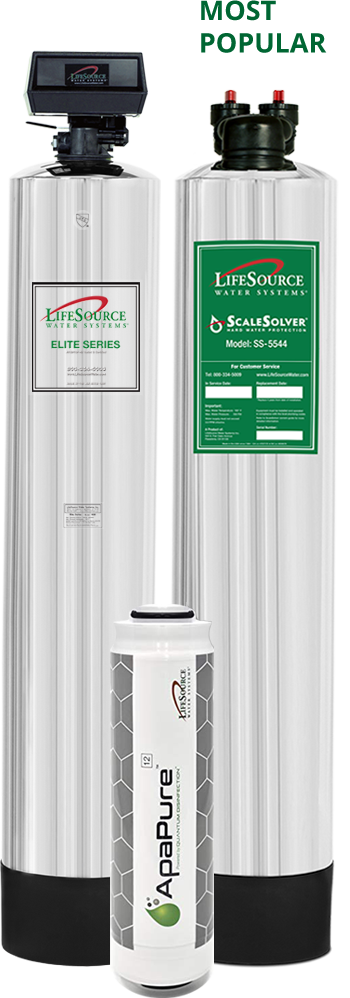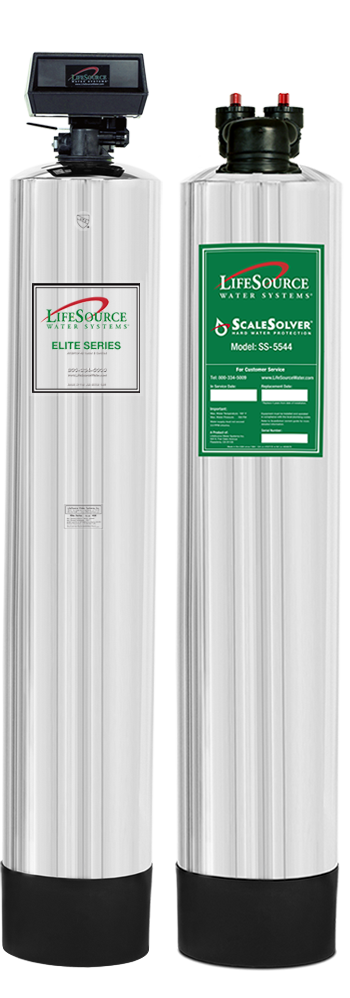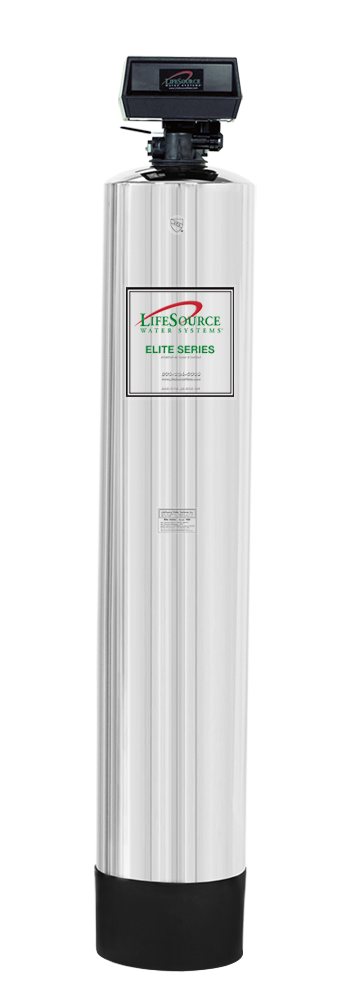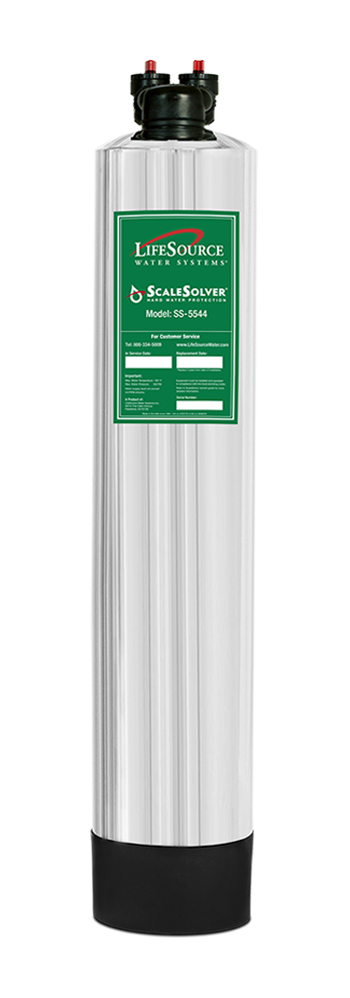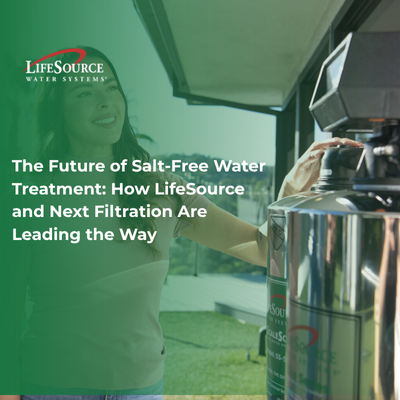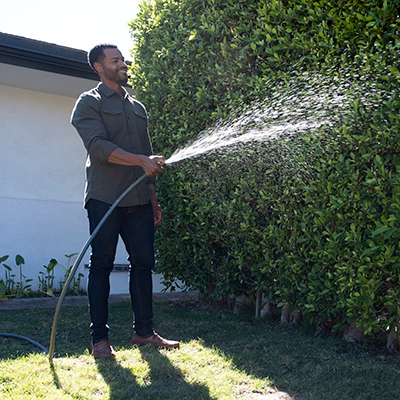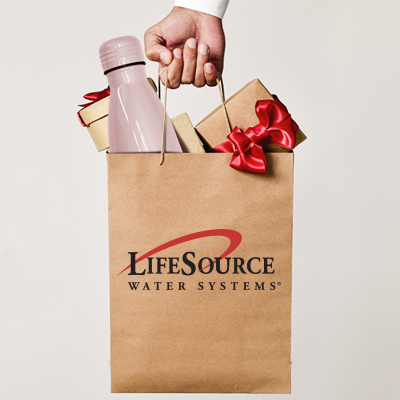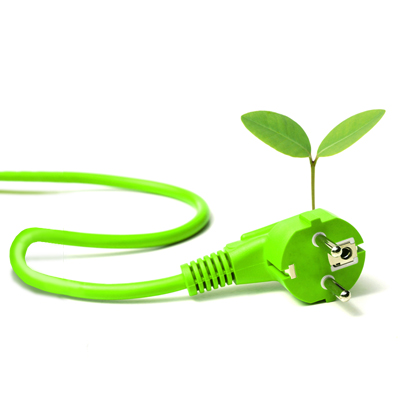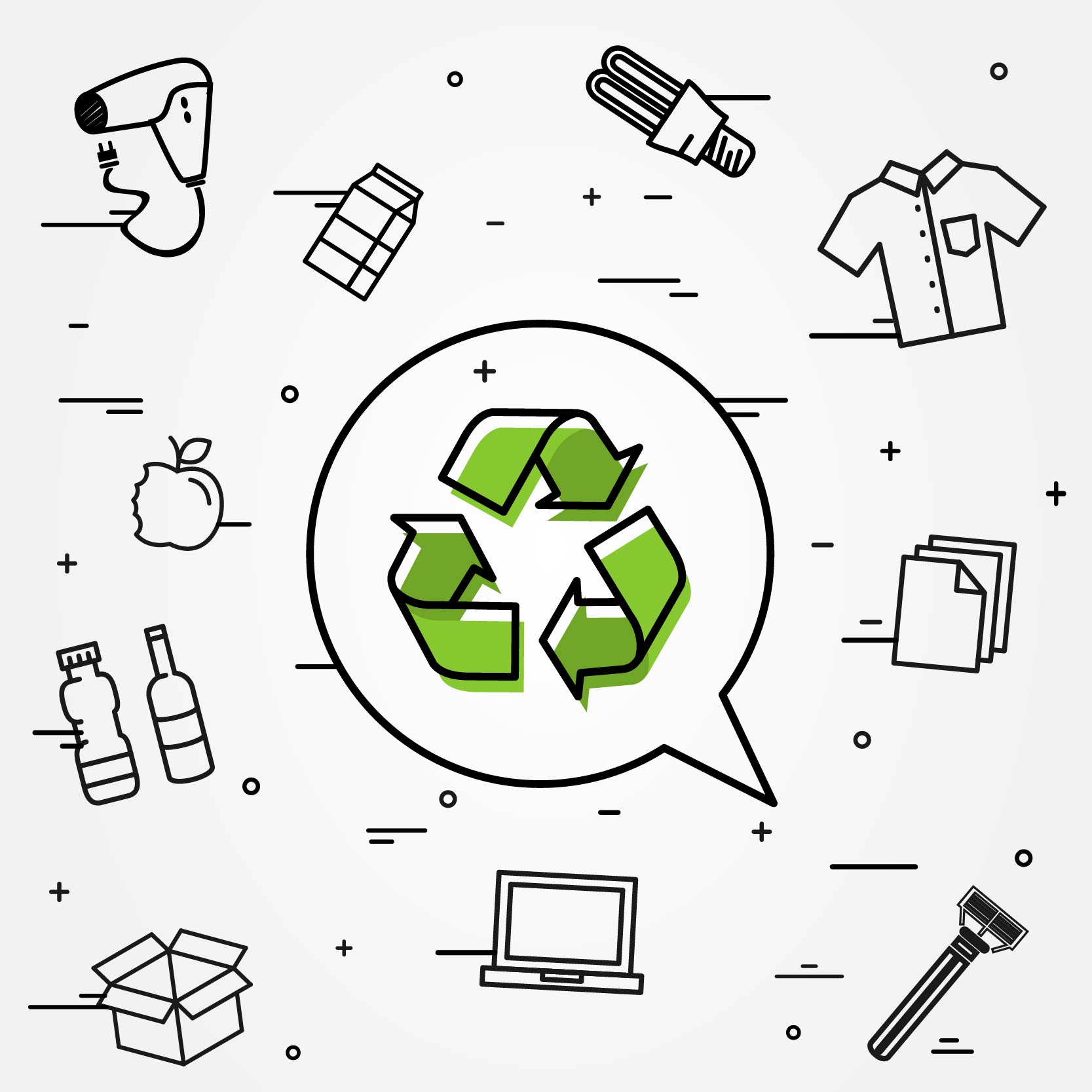
Conserve Water in a Drought
Help alleviate water shortages by minimizing outdoor water use
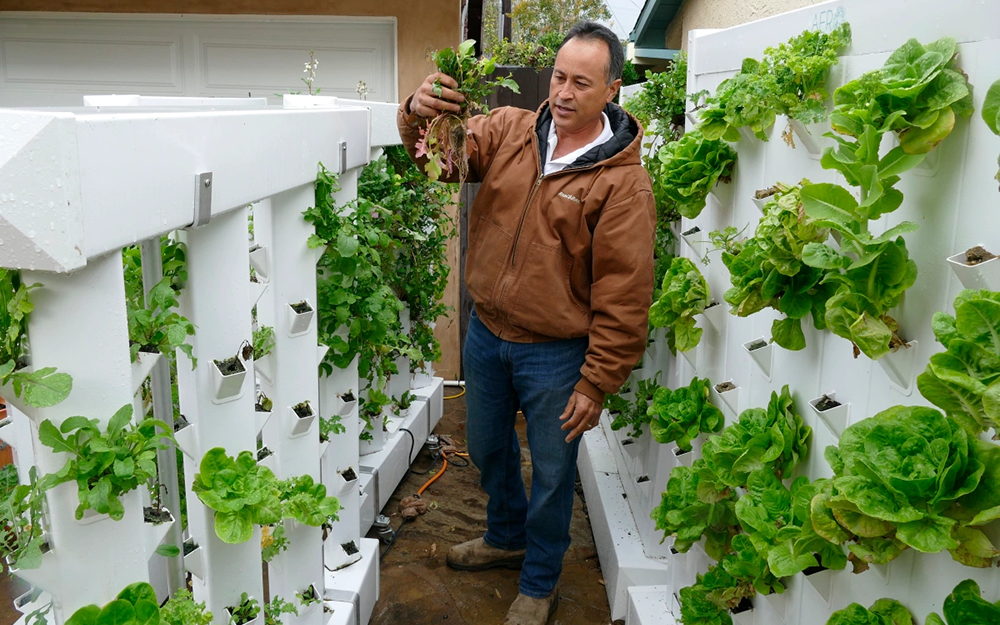
LifeSource Water fuels much of customer Mike Garcia’s landscaping and irrigation business, Enviroscape LA. For 40 years, Mike and the Enviroscape LA team have built many native gardens, ponds, backyard waterfalls, and organic micro-farms—without using pesticides and herbicides. Since LifeSource Systems use no salt or chemicals, the pH of the water is neutral, which is essential for sustaining Mike’s water features.
As a permaculturalist (one who gardens without depleting natural resources) and certified naturalist, Mike is passionate about water conservation. He shares tips on reducing outdoor water use when drought strikes:
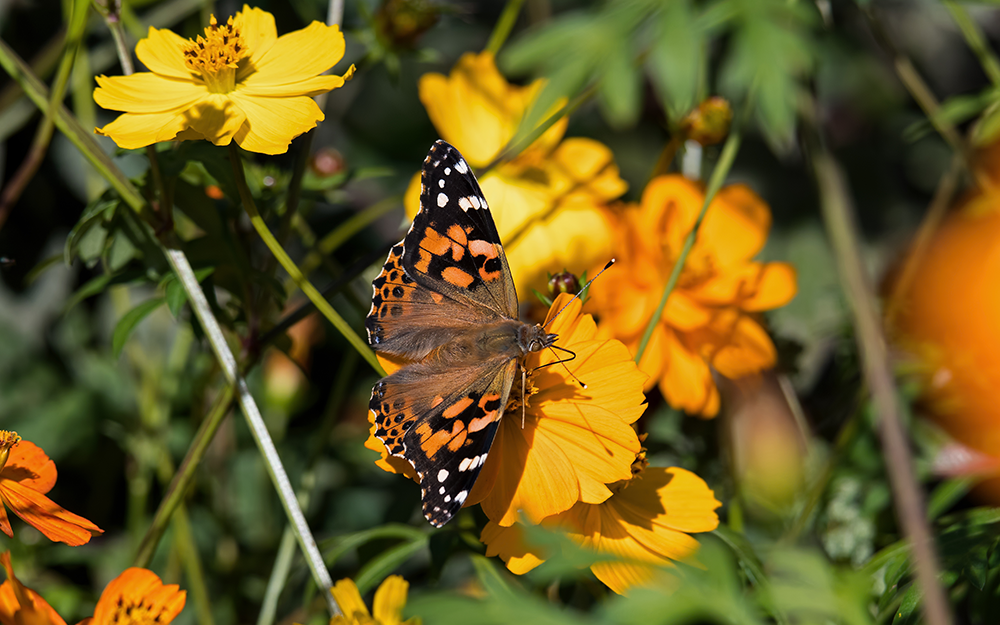
1. Plant native and drought-tolerant plants and trees. These plants and trees need less water and are more resilient to heat and drought. Mike says, “One of the biggest reasons to plant natives is that they practically live on water from winter rains (once they are mature). More than this, native plants attract pollinators such as bees and butterflies. Native plants also help build better soils and attract beneficial bugs to your soil.”
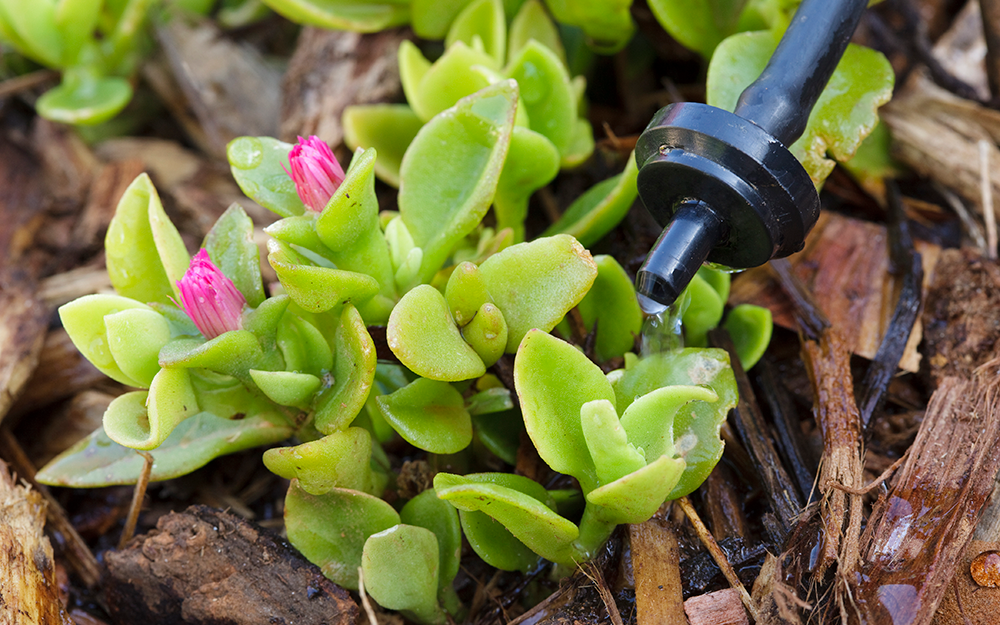
2. Implement a drip system or micro-sprinkler system. With a drip system, 100 percent of the tap directly penetrates the roots instead of pouring over leaves. Mike explains the advantage of a drip system: “It’s completely self-working. You don’t need to turn on the water. A timer automates the watering.”
A drip irrigation system can save up to 50 percent more water than traditional sprinklers (Environmental Protection Agency).
In areas with watering restrictions, ensure that drip systems don’t exceed the accepted amount during a one-day watering. A micro-sprinkler system is similar to a drip system. Rather than distributing water at subtle points, a micro-sprinkler sprays water through a small sprinkler at lower speeds than traditional sprinkler heads.
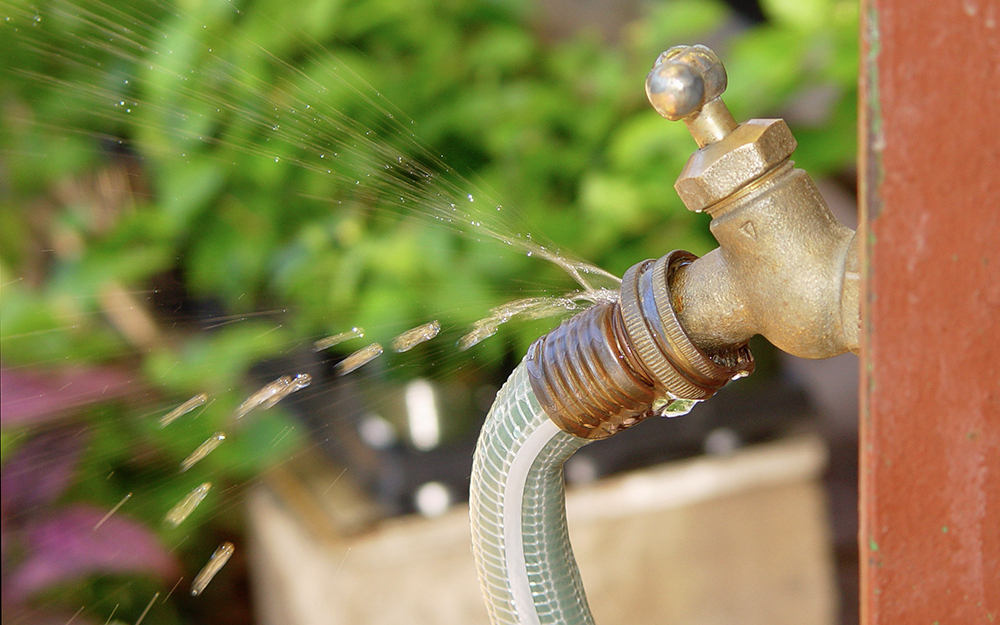
3. Water your garden in the early morning or evening, when the temperature is cooler, and water doesn’t evaporate as quickly. The water will reach your plants and flowers instead of evaporating.
4. Repair all leaks and adjust sprinkler spray to avoid water waste.
5. Check the soil moisture around plants. Dig down a few inches to see if the soil is still retaining moisture.
6. If you have the resources, build gardens using recycled water, such as rain gardens or swales. A rain garden is built on a natural slope that gathers rainwater runoff from roofs, driveways, or streets. The advantages of rain gardens include alleviating pollution entering public waterways, renewing groundwater supply, and allowing for 30 percent more absorption of water into the soil. Greater absorption provides soil stability and prevents erosion.
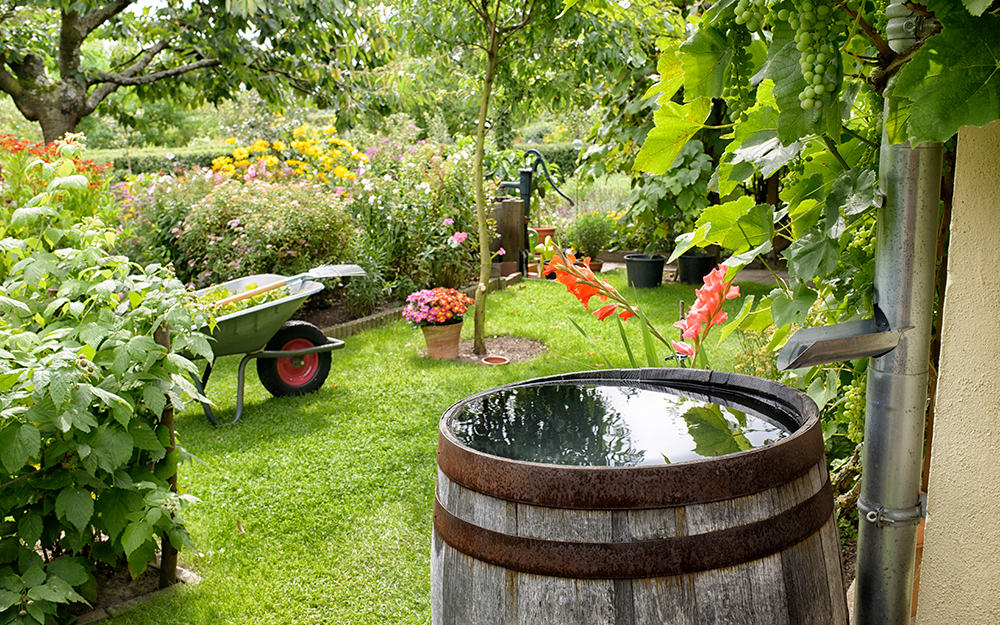
7. Catch water in a rain barrel. Instead of flowing into gutters, rain barrels divert water into containers via drip lines. Once your barrel fills up, you can reuse the water to feed your plants or wash your car. Rainwater is especially healthy for your garden because it’s free of harmful chemicals such as chlorine. Many cities offer rebates for rain barrels and host classes on proper rain barrel use. For a brief rundown, browse these tips from Home Depot on how to use a rain barrel.
8. Upgrade to water-efficient sprinklers and irrigation controllers. Find certified water-efficient products by clicking this link.
Learn more about Mike and Enviroscape LA Landscaping, which serves the Los Angeles South Bay area.

